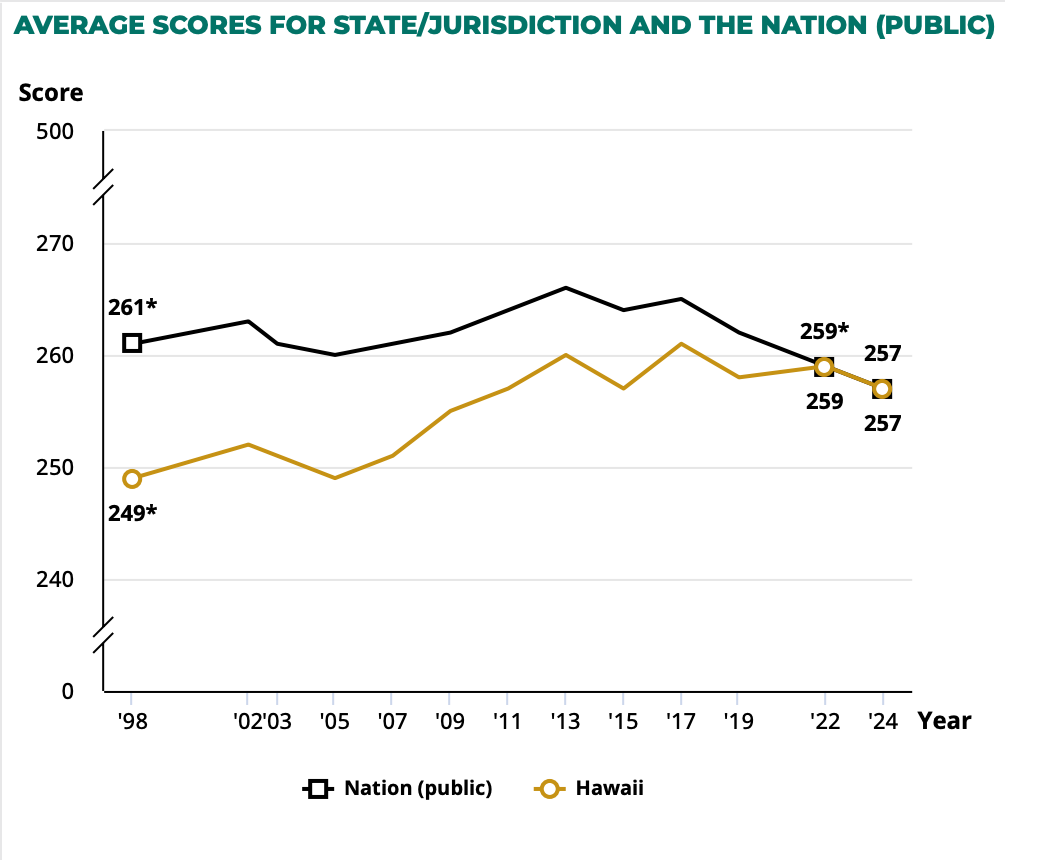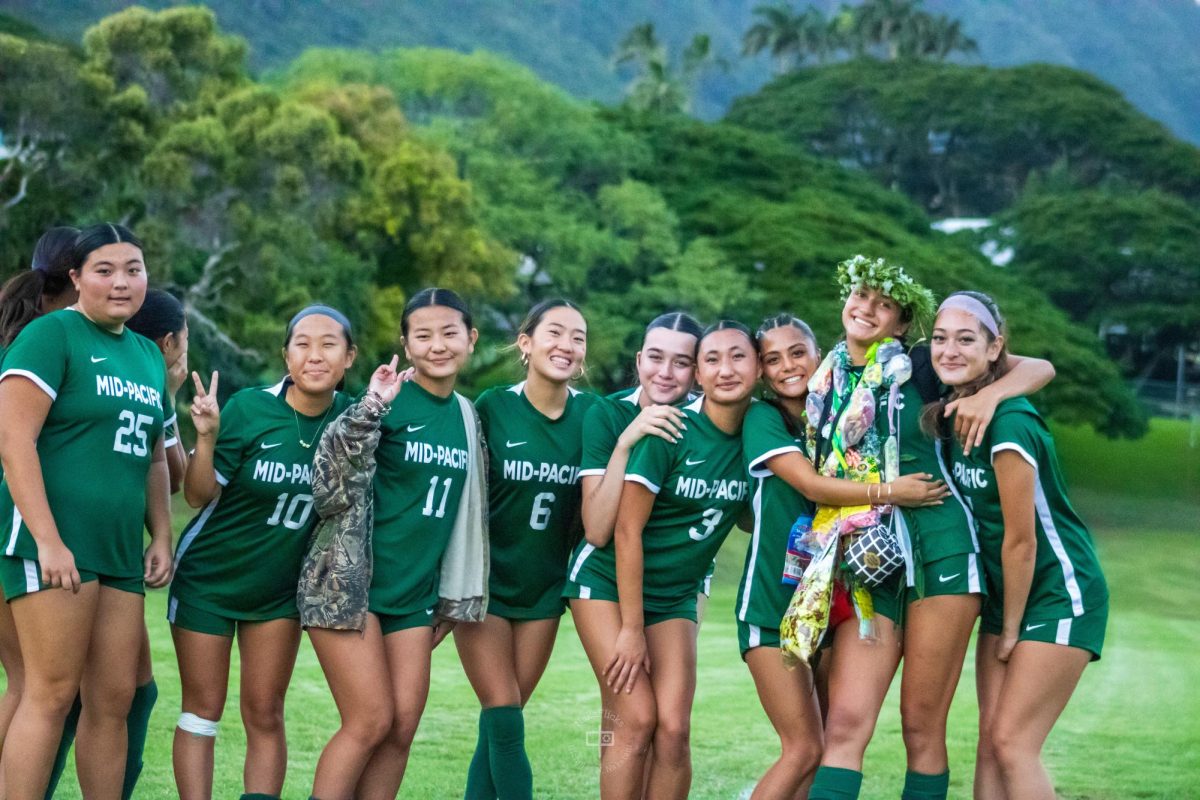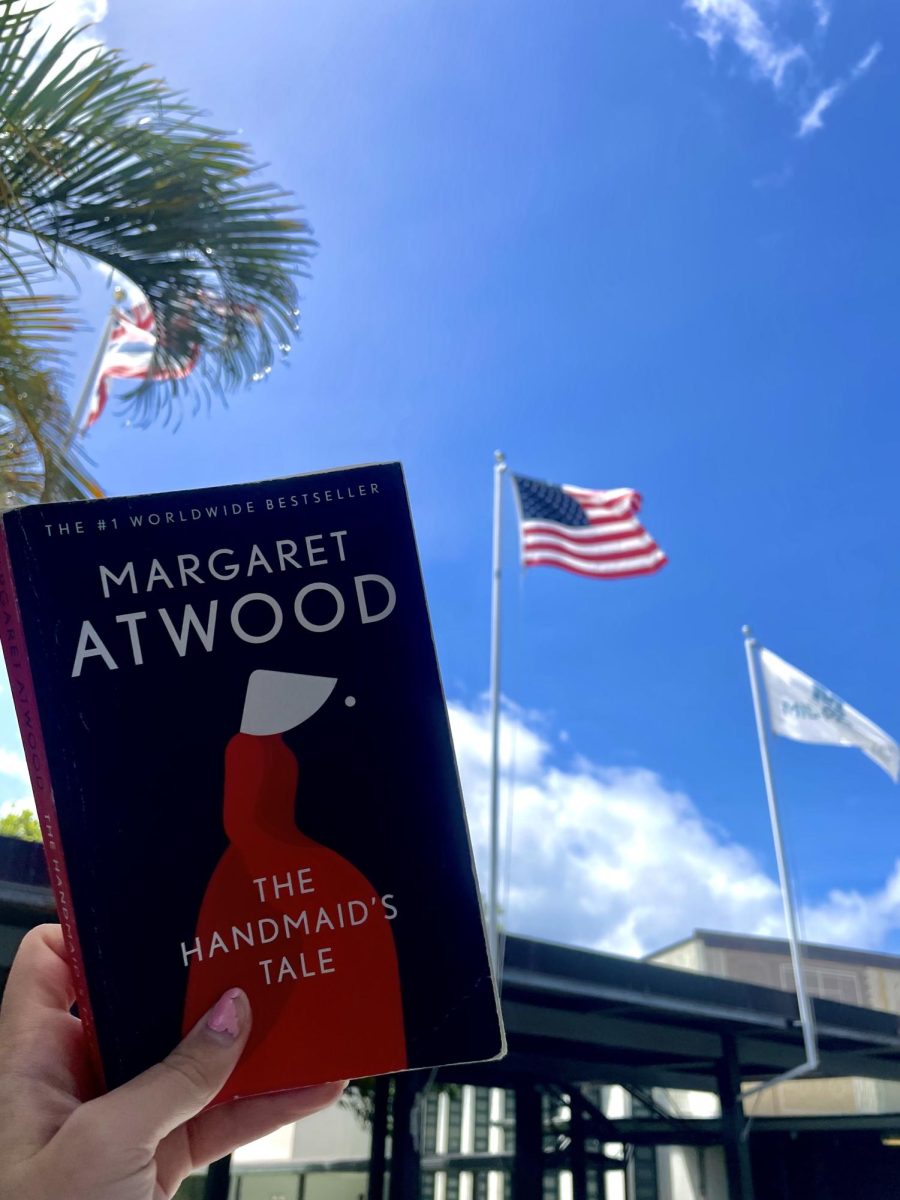Finding Balance: Athletes learn to juggle school and sports
Student athlete and full IB student Micah Suan, grade 12 balances school and sports. Photo by staff photograph Abigail Yagi.
March 8, 2019
For student athletes, balancing sports with school can be a struggle, but time management is what gets Mid-Pacific students through their season, according to students and coaches.
Middle school science teacher and baseball assistant coach, Todd Jinbo believes balancing school and sports is not strenuous, but it takes discipline.
“We have so much going on in our life like relationships, socializing, family, and rest that student-athletes have choices to make,” said Jinbo.
Grade 12 student Micah Suan participates in the full IB diploma program and played for the boys varsity basketball team. He said he used his positive mindset and attitude towards school and sports to alleviate stress.
“In order to balance both school and sports simultaneously, I had to make a lot of sacrifices in terms of managing my time effectively,” said grade 12 basketball player Micah Suan.
Students who successfully balance extracurricular activities and a strong academic workload, tend to use their time more wisely, said college counselor and paddling coach Sara McKay-Hines.
“Students who plan ahead, don’t wait till the last minute, and work on their school work during little snippets of time, are those who are stronger and more successful with their future,” said McKay-Hines.
Students who participated in vigorous sports did 10 percent better in science, english, math and social studies compared to other students, according to researchers at Michigan State University.
Student-athlete, Kylie Rdechor participates in rigorous classes as well as paddles for the paddling team and runs track. By committing to a schedule, she learned to prioritize her school work, sports, and still have time for a social life.
“The hardest thing about being a student athlete is time management and having to make sacrifices,” said Rdechor.
Athletes had a GPA nearly a full point higher than non-athletes, according to a study by North Carolina High School Athletic Association. Athletes had a 0.7 percent dropout rate compared to an 8.98 percent dropout rate for non-athletes.
“I take advantage of free periods and time before practice to do work and if I have something big like a test, I study ahead of time,” said grade 12 tennis player Emiko Yoshikawa.
If students are struggling with managing their time with school, it is best they take some time off of extracurricular activities to make academics a priority, said McKay-Hines.
Both coaches said they allow their athletes to work on school work even during practices. McKay-Hines allows her players to use their land training time for studying without restricting them from boat time. Jinbo said he lets his players leave practice early to bring their interim grades up or just to get work done.
“As a student-athlete, you need to be disciplined enough to make the right choice and not what you want to do,” said Jinbo.








cavani • May 28, 2019 at 10:10 pm
thank you very nice article